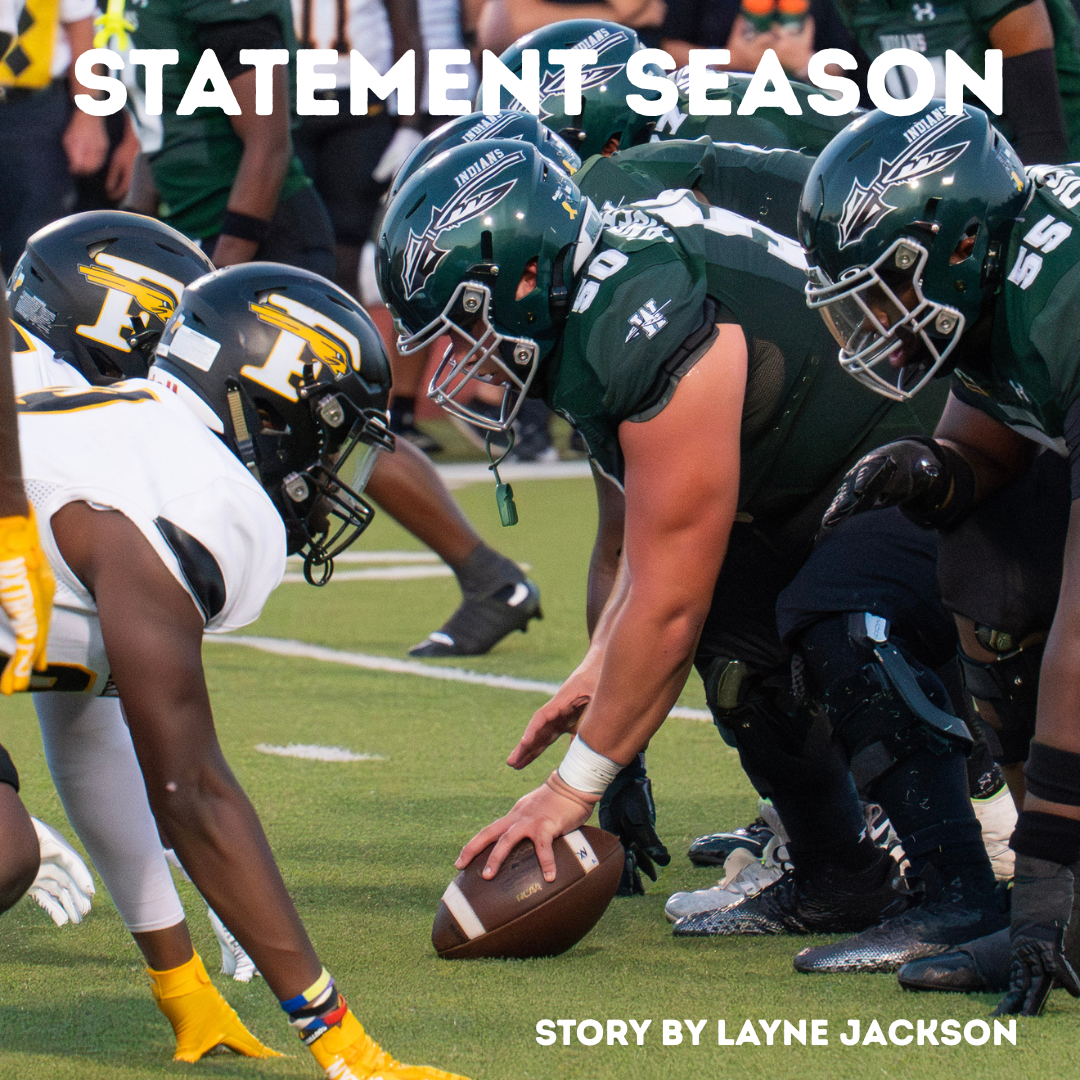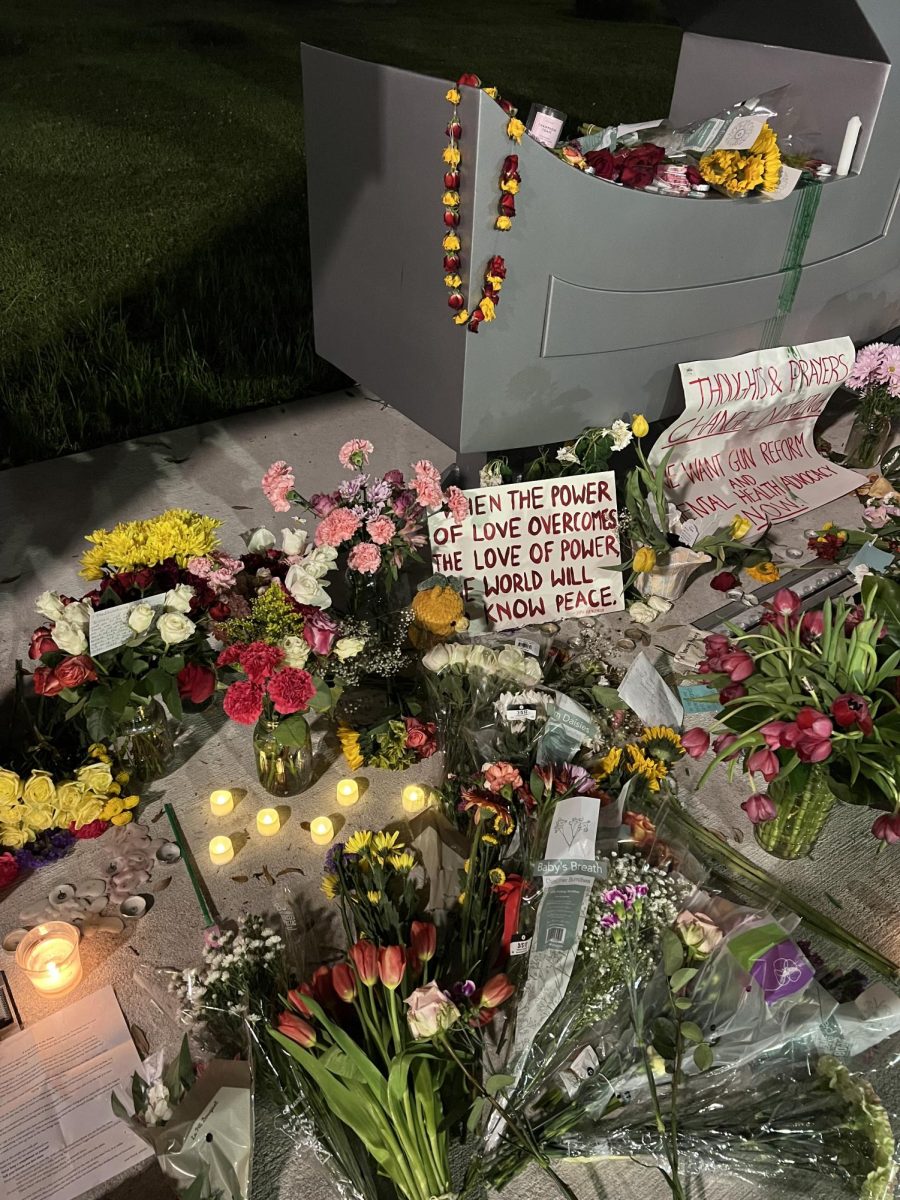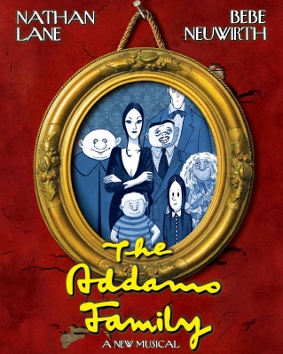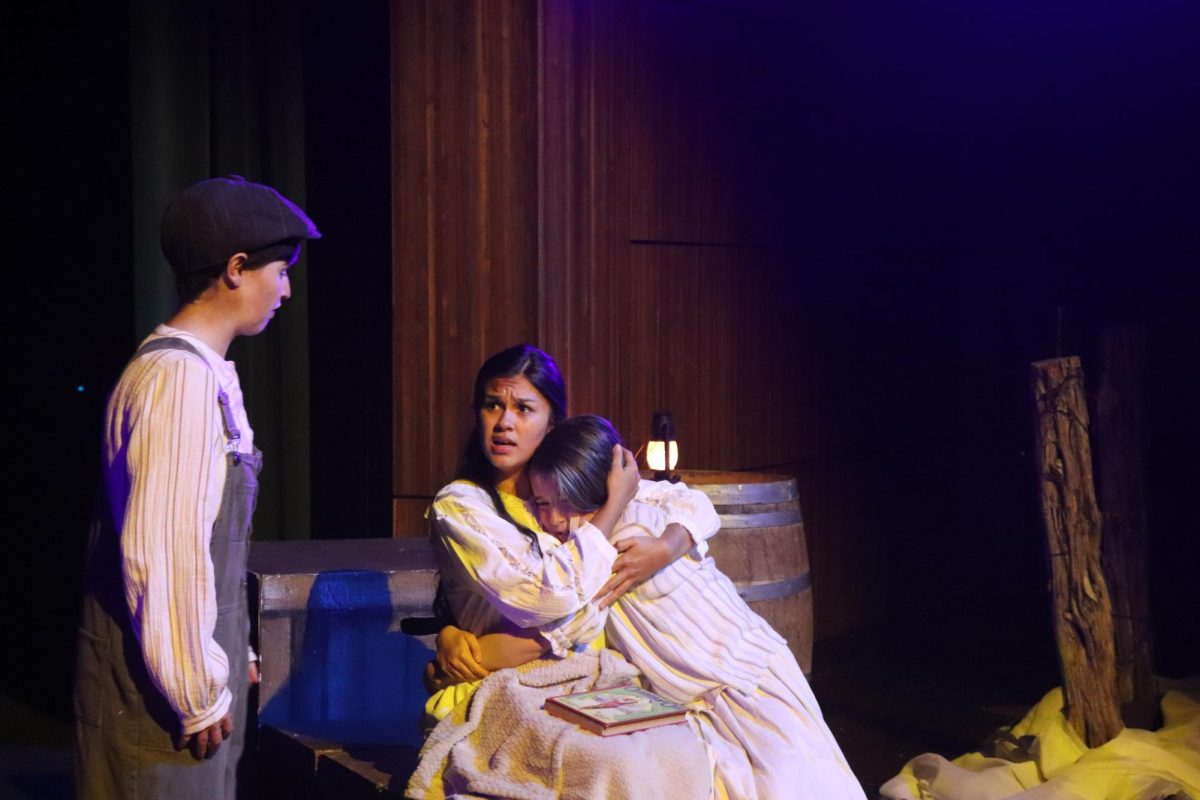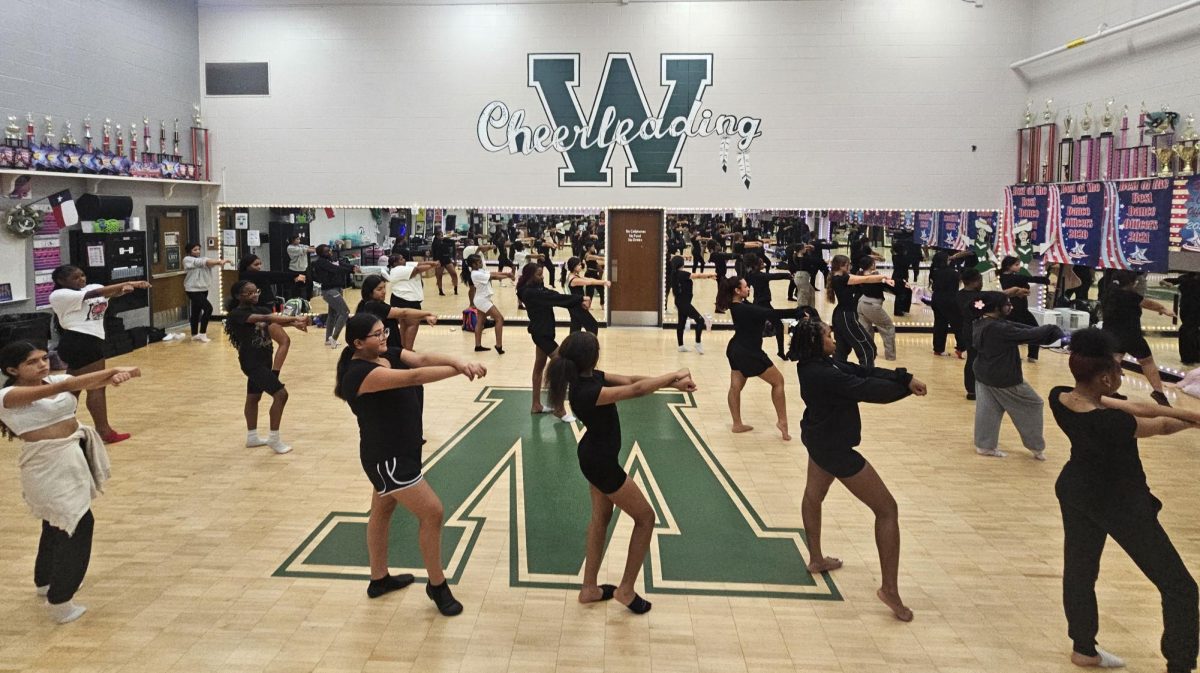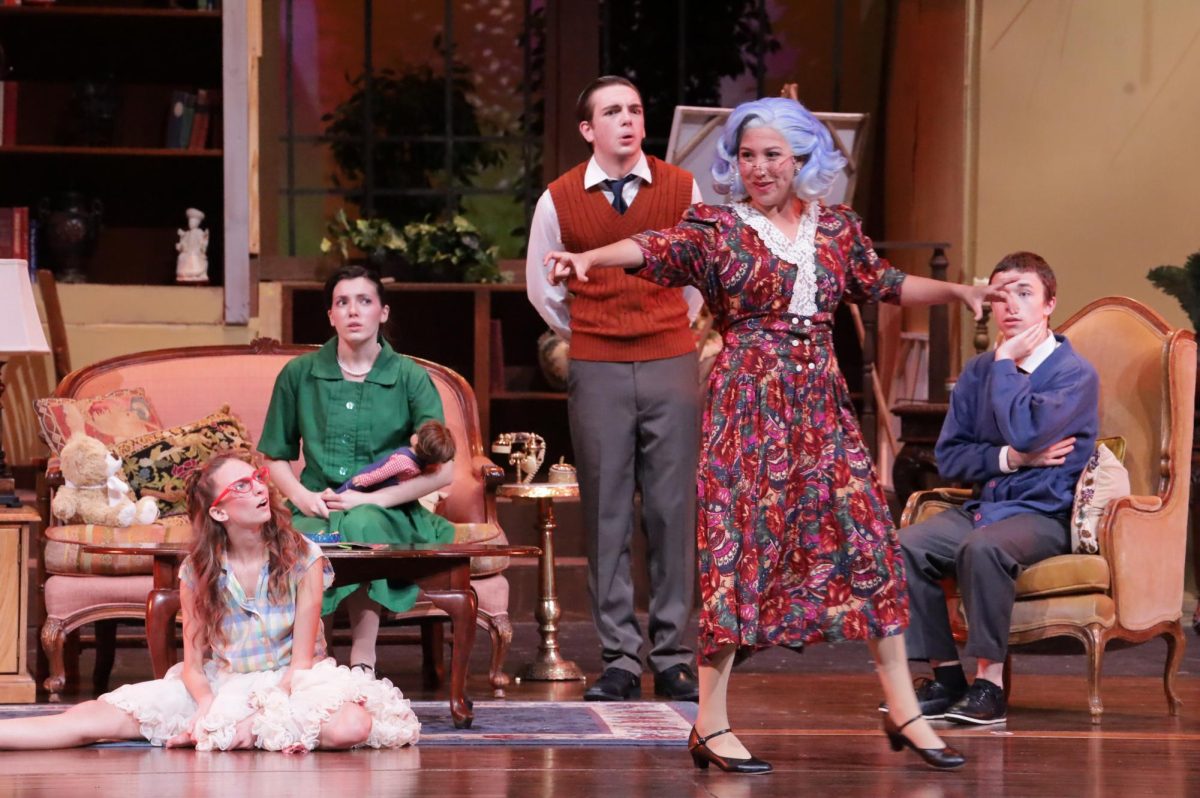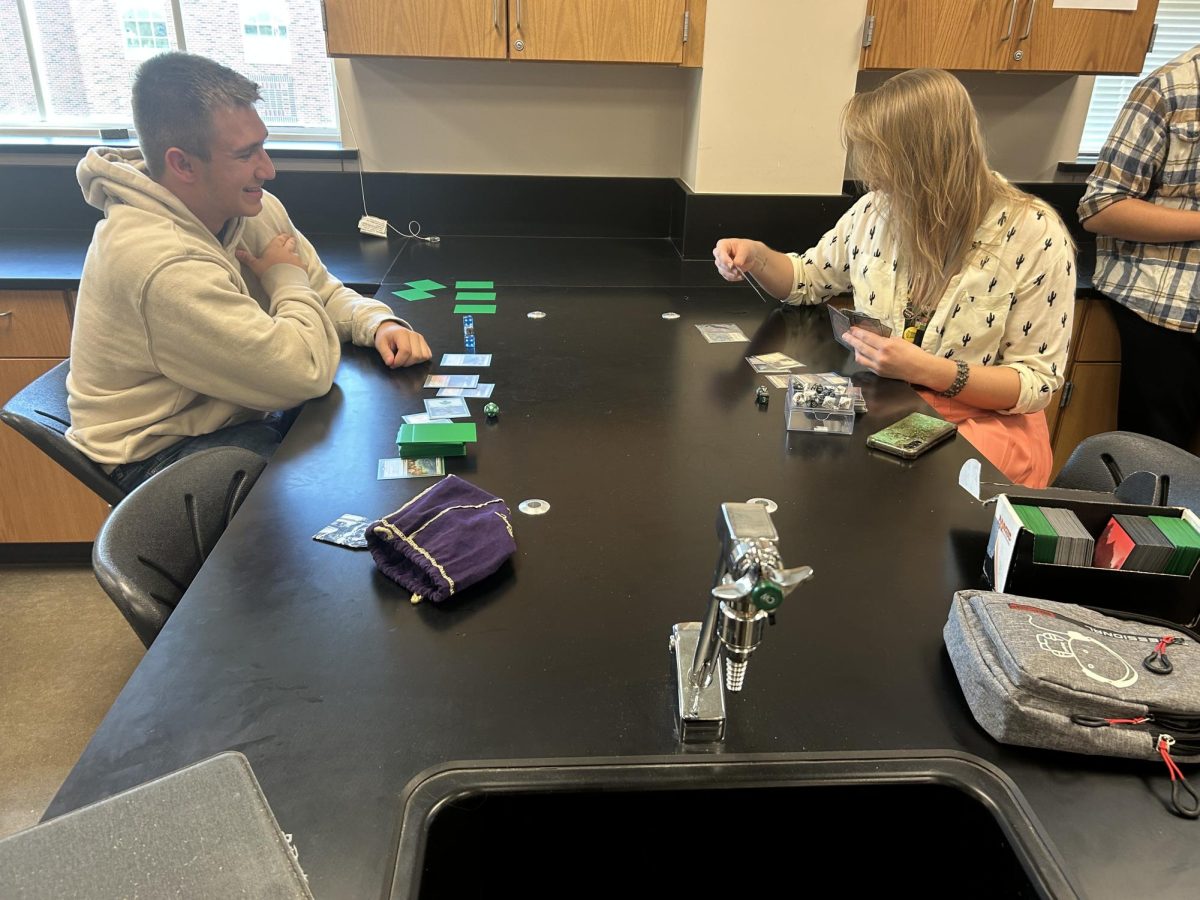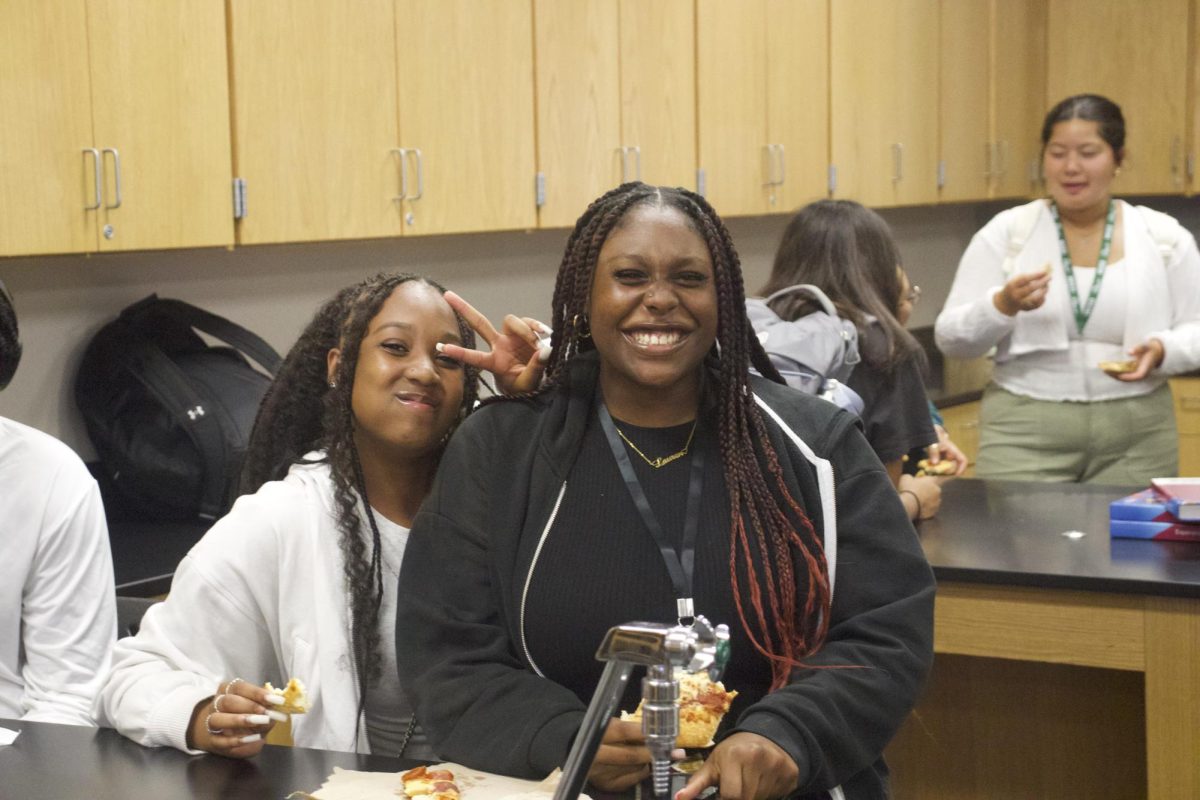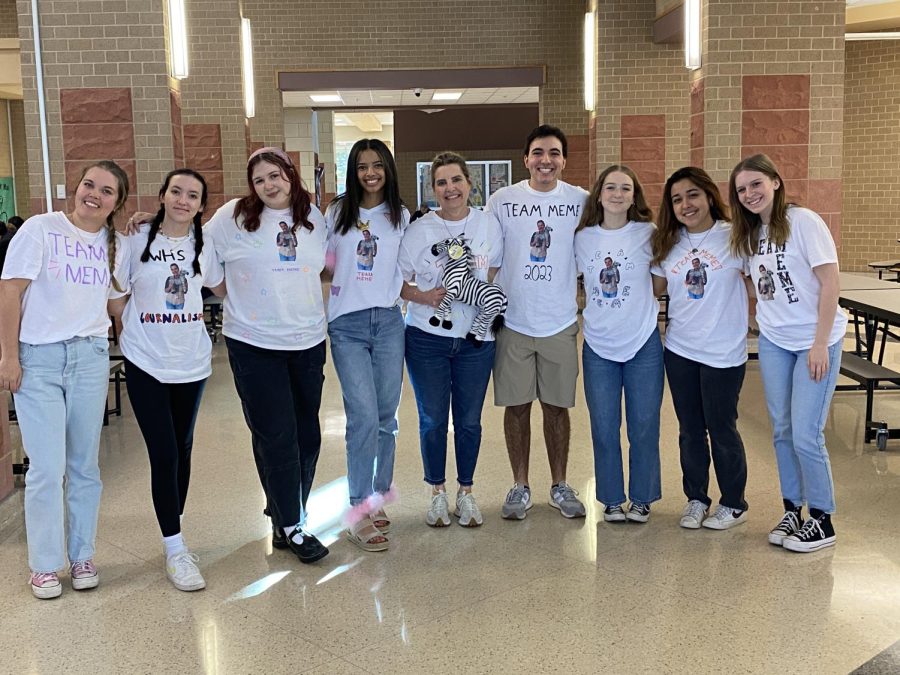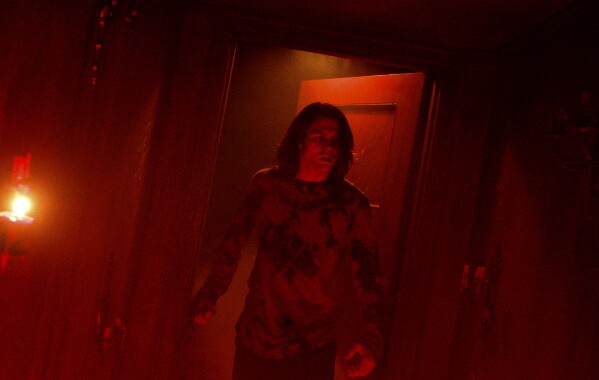Why Greta Gerwin’s adaptation of Little Women was necessary
The year 2019 was a noteworthy time for its “calm before the storm” pre-pandemic lifestyle and its film. Movies like Frozen 2, Star Wars: The Rise of Skywalker, and Knives Out were released, bringing huge crowds to theaters. In the shadow of these large productions, the seventh screen adaptation of Little Women by Louisa May Alcott was produced by Greta Gerwin. However small and unnecessary the adaptation seemed; Gerwin’s portrayal of the March sisters’ stories offered a new and insightful perspective into Alcott’s classic tale.
The story is set in the 1860s during the Civil War in the US where sisters Jo, Amy, Beth, and Meg March grow up fiscally unstable while dealing with unfair constraints placed on women during the era. Each of the sisters is talented and charming in their own unique ways, however, they struggle with the legal and economic structure of the time. The novel and most adaptations contain a linear timeline starting with the girls’ childhood and then jumping to three years in the future, but Gerwin’s movie flips back in forth through the past and present. The film is cut in such a way as to juxtapose the whimsical, joyous parts of growing up with the woes of adulthood. The editing takes you on an emotionally and psychologically fulfilling journey to understand the sad beauty of womanhood. As adults, the girls’ lives are seperate but united in that their interests, their desires, and their very lives are devalued by society.
In the climax of the movie at the three-year mark of the future, the girls’ stories are sidelined by the struggle against the patriarchy. Amy gives up on painting to settle for marriage, Jo has trouble with selling her stories, Beth is dead, and Meg struggles with married life. Each girl goes through their own coming-of-age moment where they have to make a choice about whether or not to live by their principles or to concede to society for a chance at happiness. Gerwin uses a quote, to sum up, the theme of the movie during Jo’s own breaking point when she tells her mother that ” women, they have minds, and they have souls, as well as just hearts. And they’ve got ambition, and they’ve got talent, as well as just beauty. I’m so sick of people saying that love is just all a woman is fit for” (Gerwin).
Gerwin took advantage of the fact that many women gravitated towards Little Women because it represents their lives, as the themes in the story are universal. Alcott modeled Jo March after herself and her struggle in trying to sell her story and the loneliness that entailed following her passions. What sets Gerwin’s adaption apart from the 1994 adaption as well as the six others, is the ending of the movie which is modeled after Alcott’s own life. The ending consists of the publication of Jo’s book and a reconciliation with her love interest, yet despite the book’s original ending, Jo does not marry the man and settles down as Alcott had remained unmarried. In the novel, each sister is either married or dead and Gerwin succeeds in twisting that narrative to make the subtext of the themes the actual text.
Gerwin’s adaptation was a creative work, not bent on following the novel, it’s moving, insightful, and genuine. The girls’ lives provoke the audience to feel happiness, grief, and loss at the same time. The story is heartbreaking and life-affirming but most of all, Gerwin reminds us that the beauty of life exists in these small moments when we are dreaming of the future.






